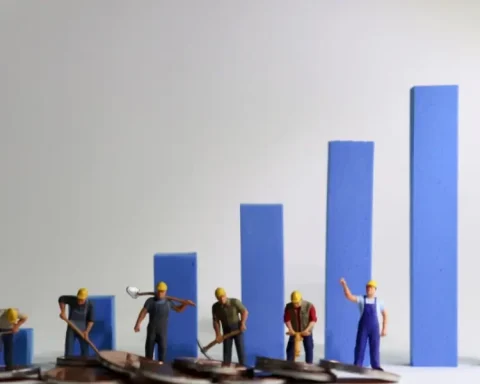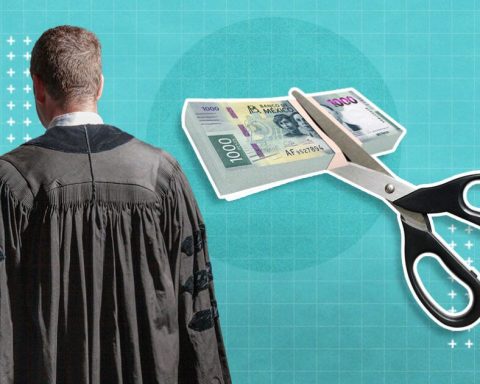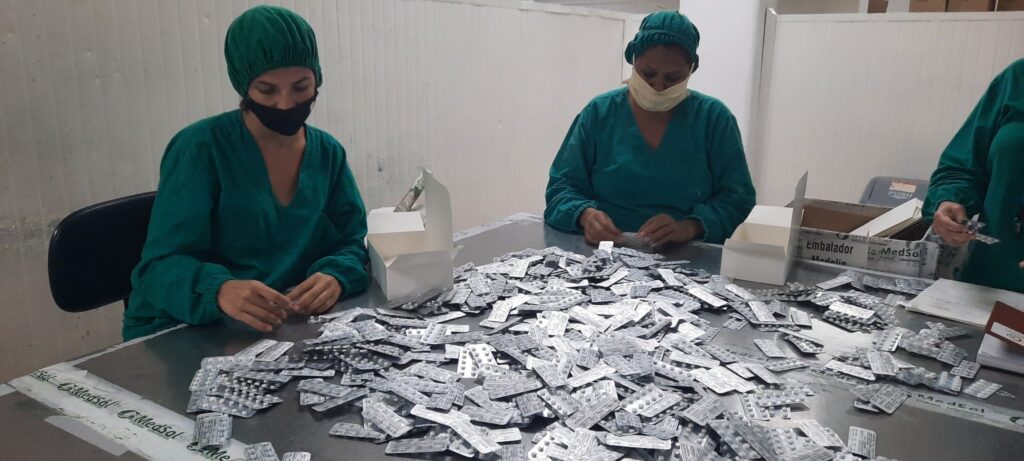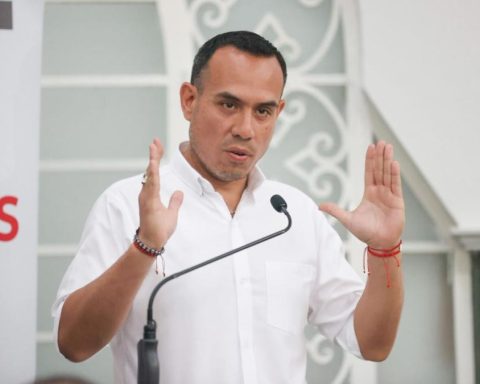With that benchmark in sight, the debate shifts to questions that will determine whether the economy can avoid a recession in the coming months: How low will inflation need to drop before Fed officials conclude it is under control? How high will rates have to rise for that to happen? And what cost will be paid in terms of slower economic growth and rising unemployment?
Fed policymakers rallied behind aggressive rate hikes as they watched inflation pick up this year, but there is little precedent for the timing they now face, and little clarity on how monetary policy will be set once inflation begin to diminish and prospects look different.
“As long as inflation is as high as it is and there’s no sign of abating, there will be a united front,” said Luke Tilley, chief economist at the Wilmington Trust. The Fed’s preferred measure of inflation is at a four-decade high of over 6%, about triple the formal target of 2%.
However, even with officials promising an all-out battle against price increases, it may take as little as two months of slowing inflation for “‘hawks’ and ‘doves’… to make themselves known fairly quickly,” with a renewed debate about how much risk it is reasonable to take with the economy to bring inflation down another notch,” he said.
“Hawks” and “doves” is the central bank’s nomenclature for the tension between officials most concerned about inflation risks (hawks) and those who prioritize the Fed’s other goal, maximum employment (doves). That distinction has been made more difficult when everyone says they are prepared to raise rates as much as necessary to cool inflation.
So far, there has been no real decision to be made except how big of a rate increase will be approved at each meeting.
In fact, inflation has accelerated since the Fed began raising rates in March, prompting its policymakers to go from a quarter percentage point hike that month to a half percentage point hike in May and to a 75 basis points in June. That’s a trajectory not seen since former Fed Chairman Paul Volcker’s battle against inflation in the 1980s.
At a news conference on Wednesday, Fed Chairman Jerome Powell may begin to shape expectations for the next monetary policy meeting in September, although he is reluctant to talk about it after that.
The US unemployment rate has remained at a low level of 3.6% since March, with more than 350,000 jobs added monthly and leaving a sense that policymakers have not yet reached a point where their efforts to control inflation have a direct impact in terms of jobs.
The rate hikes are meant to ease inflation by slowing down the broader economy, but that can also lead to rising unemployment and even a full-blown recession.
At the Fed’s June 14-15 meeting, even the least aggressive official projected a more than 3% fed funds rate by the end of this year, which would be the highest since the 2007-2009 financial crisis marked the end of the year. beginning of an era of low interest rates and benign inflation.
The current pace of job creation is “too high. That’s why there’s no real dispute within the (Federal Open Market) Committee,” said Ethan Harris, head of global research at Bank of America, referring to the panel that sets the monetary policy of the central bank.
Similarly, the current unemployment rate is not considered consistent with 2% inflation and “they need to see some evidence that it is rising” to gain confidence that inflation will move steadily lower, Harris added.
A key unknown is how Fed officials will react once inflation and unemployment start to turn significantly.
The 75 basis point rate hike expected this week marks one of the fastest swings in history from a low point in rates to a neutral level, a benchmark central bank officials are eager to reach further. sooner rather than later to stop stimulating the economy.
Every move thereafter delves deeper into what is considered “restrictive” territory. While financial markets have projected higher rates, illustrated by the rising cost of a 30-year fixed mortgage, they also see a heightened risk of recession and, as a result, possible rate cuts from the Federal Reserve as early as next year.
The central bank authorities will probably stick to their mantra that they will depend on the data. However, the information may mean different things to officials, and they are typically evaluated based on how the risks to their targets are changing.
Some may insist on a strict return to 2% inflation, regardless of the economic losses required to get there; others have suggested that data convincingly moving in the right direction might be enough.
There are signs that consumers are already holding back, or being forced to, by prices rising faster than wages. Retail sales growth on an inflation-adjusted basis has slowed. And, in a sign of stress on households, AT&T said its overall cash flow has taken a hit as many of its customers fall behind on monthly bill payments.
The fed funds rate was last in the 2.25%-2.50% range in late 2018 after a series of rate hikes. However, signs of economic weakness caused the Fed to halt any further tightening and within about eight months it was cutting the cost of borrowing.
Inflation was under control at the time, so the focus was on maintaining a labor market that had an unemployment rate similar to today’s and was producing strong gains for low-income, less-skilled workers.
As Fed policymakers watch the economy respond to even higher borrowing costs, they may be faced with a tougher set of choices this time around.














